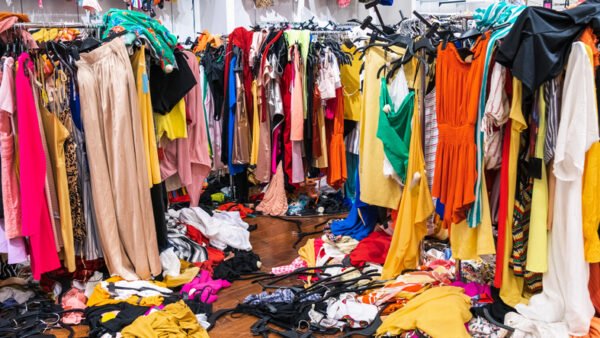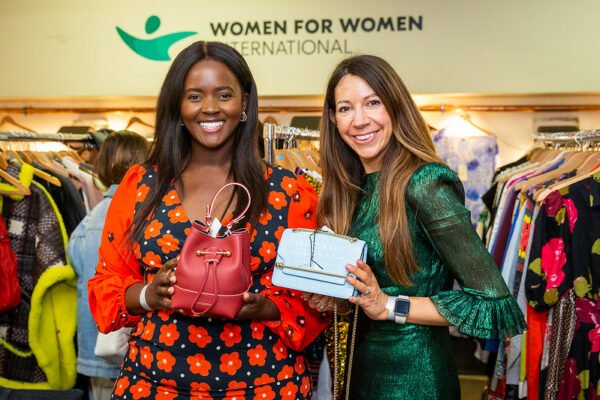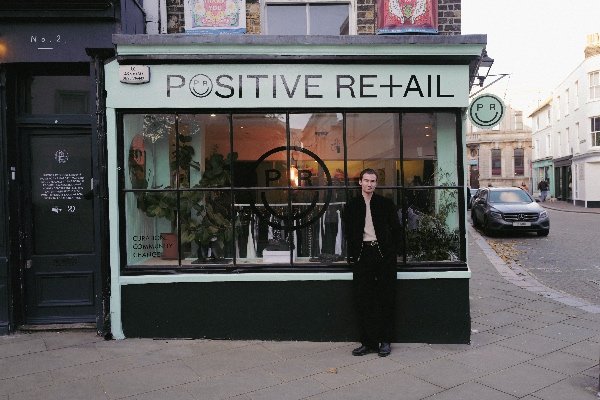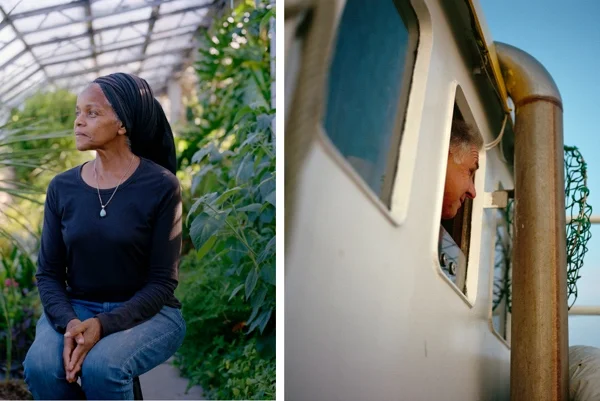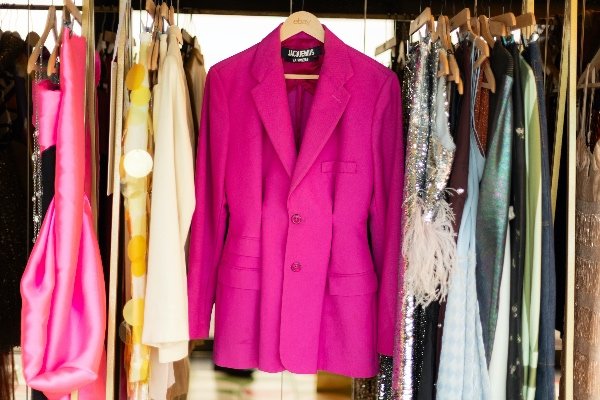This article first appeared in our Earth Day issue of My Green Pod Magazine, published 22 April 2024. Click here to subscribe to our digital edition and get each issue delivered straight to your inbox
Fashion is extremely reliant on plastic and, as a result, also on the oil industry. The two are completely intertwined.
The most common material used in fashion is polyester, meaning the term single-use plastic also applies to fashion.
Garments are being bought and worn fewer times than ever before; according to the trade group Textile Exchange, polyester accounted for 54% of all clothing in 2021.
In addition to polyester there’s acrylic, which is often used in knitwear; nylon, used for outdoor wear and technical garments; elastane, which is in all those stretch jeans and polyurethane, which is marketed as a leather alternative – often named ‘vegan leather’ – and used as a coating on many real leather accessories.
But it’s not just about the actual garments; data from the Ellen MacArthur Foundation reveal that packaging – used heavily by the fashion industry – constitutes 26% of the total plastic created each year. So it’s safe to say that the plastic problem is very much a fashion problem, too.
Plastic pollution
You’re almost certainly aware that plastic is sourced from oil, and that the heating and distilling of oil into plastic is extremely problematic and damaging on many fronts.
But another major issue with turning plastic into clothes lies in its end-of-life status: pollution.
We can picture plastic bags lying in landfill and never decomposing, sitting there either on fire or wrapped into the ground and around animals, but we rarely consider clothing in the same way.
After reading these figures, and some of the other articles in this issue, and knowing the negative impact plastic has on the planet, you might be thinking: why? Why are we so obsessed with plastic in fashion?
Well, plastics do have some decent properties, such as water resistance and stretch, but most of all, they’re cheap and easy to produce.
 Play Video about This Rock Might Just Save The World
Play Video about This Rock Might Just Save The World Play Video about Play 2 hours of rock
Play Video about Play 2 hours of rock Play Video about Play 2 hours of brook
Play Video about Play 2 hours of brook Play Video about Play 2 hours of sheep
Play Video about Play 2 hours of sheep


















